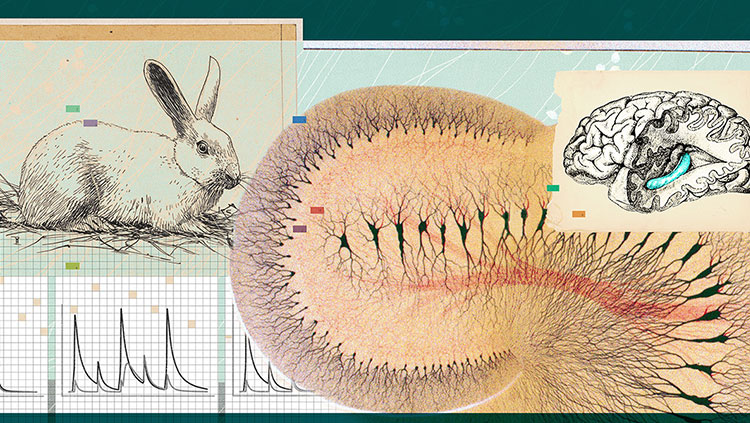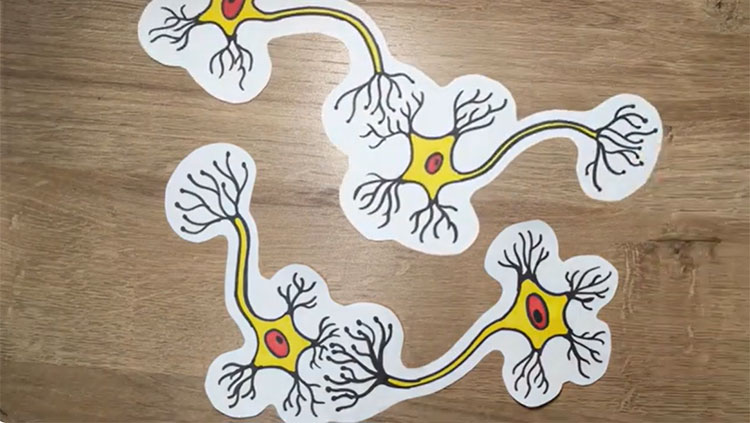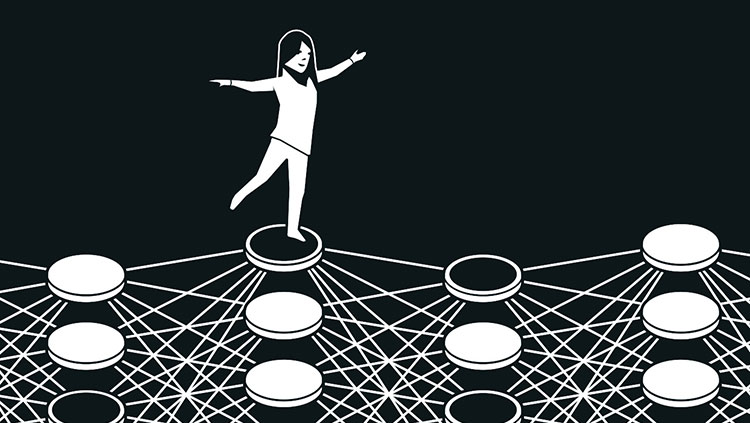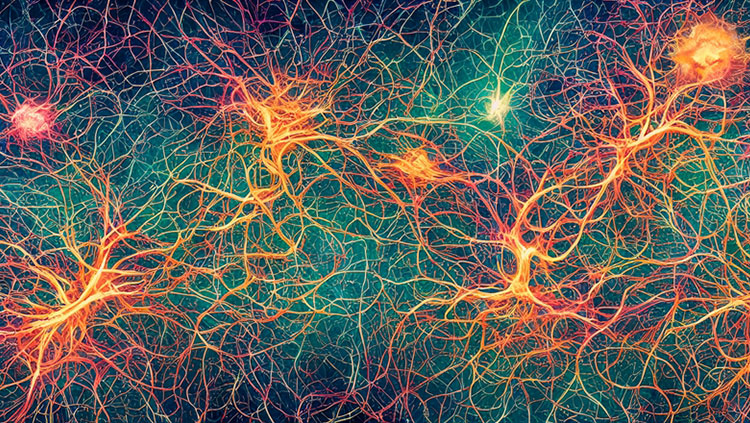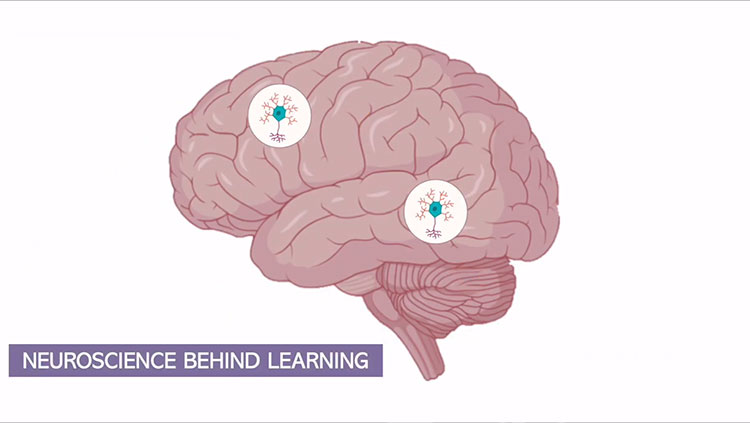Unleashing the Potential of Stem Cells
- Published17 Jul 2015
- Reviewed17 Jul 2015
- Author Michael W. Richardson
- Source BrainFacts/SfN
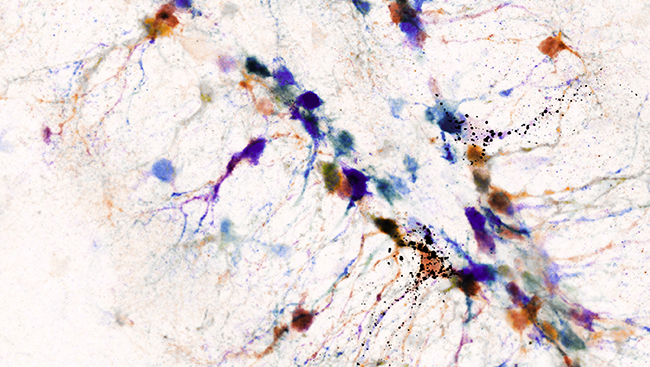
The hippocampus, a region of the brain important for learning, memory, and mood, contains a large number of stem cells. These cells are undifferentiated, meaning they have the potential to become different types of specialized cells. This image shows stems cells (cells with black dots) in the hippocampus of an adult mouse. While most of the stem cells are dormant, they can be activated to generate new neurons in a process called neurogenesis. Researchers have identified two distinct types of hippocampal stem cells, which they speculate may generate neurons that regulate learning and mood differently. In the future, scientists hope to learn more about these cells and the roles they may play in learning and mood disorders.
CONTENT PROVIDED BY
BrainFacts/SfN
Also In Learning & Memory
Trending
Popular articles on BrainFacts.org




